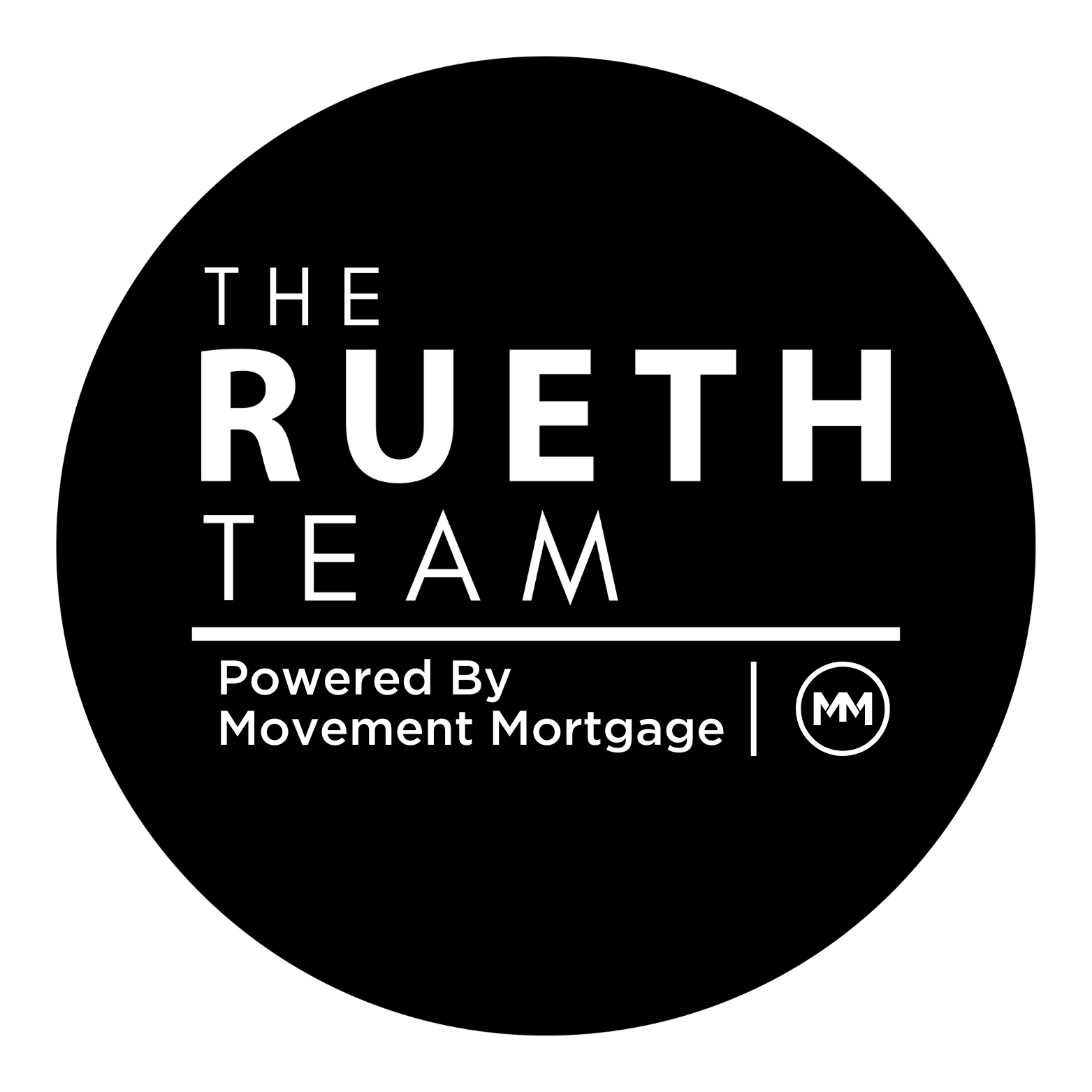February 2025 Housing Trends - Housing Market Crash LIES
Crack the Code: Financing Options Explained So Clearly, Even Kids Get It.
Creative Financing 101: The Simple Guide
- Subject-To (existing financing)
• What is it? The buyer takes over the seller’s existing mortgage, making payments but not assuming it. Seller stays on loan while the buyers takes title.
• Why Use It? It’s quick and often cheaper. It also gives buyers greater cash flow keeping a sellers low interest rate.
• Pros: Saves money on closing, no new loan hassle.
• Cons: The seller is still responsible for the loan. YIKES! This is a big one. Does a seller who’s moved on really want to get pulled back in when the new owner stops making payments? There are contractual ways you can protect the seller; so have a good lawyer in the mix! This option can also instigate the “Due-on-sale” clause with the original lender and destroy a great credit report with mortgage lates. - Seller Carry (seller acts as the bank)
• What is it? No middle-man; the seller lends the money directly.
• Why Use It? Skip the bank delays, enjoy more flexibility, and make money on all the equity the seller has built.
• Pros: No waiting for bank approval, negotiate your own terms. Can be a win-win as the seller can get higher return than a savings rate and the buyer can get lower than market rate.
• Cons: Sounds rosy so far, but note, the seller won’t get all their money upfront. So if they need money to buy next purchase, it won’t be there. Another downside is if the buyer can’t make the bill. The seller will need to start the foreclosure process. It’s a little tug of war between getting to move on or keep making more money. - Wrap Mortgages (Not a sandwich, not a good one anyway!)
• What is it? A new loan wraps around the existing one, like a warm, deceptive hug. A combination of a Subject-to and a seller carry or hard money loan.
• Why Use It? It can be cheaper and benefit both buyer and seller with less costs.
• Pros: It’s creative, holding the original loan at an assumed lower rate, while getting a second mortgage for the difference. This can put money in the sellers pocket at closing but keeps them tied to the home.
• Cons: There are legal risks including the “due-on-sale” clause and complicated contracts. Since the loan is not assumed, the risk falls on the seller. - DSCR (Debt Service Coverage Ratio)
• What is it? It’s about the property making money, not how fat your paycheck is.
• Why Use It? Best loan product out there for investment properties.
• Pros: Less paperwork and less stress makes it an easier approval for investors. Especially great when you own a marijuana-based company, have dividends from digital currency, or just quit your job to manage your properties. Sellers have it easy on this one as it operates like traditional financing.
• Cons: Some DSCR loans can have higher interest rates and pre-payment penalties. BONUS: I have in-house DSCR loans with no pre-payment penalty which you can recast or refinance at anytime. And depending on the rent to payment ratio, rates are as good as Fannie/Freddie. - DSCR (Debt Service Coverage Ratio)
• What is it? It’s about the property making money, not how fat your paycheck is.
• Why Use It? Best loan product out there for investment properties.
• Pros: Less paperwork and less stress makes it an easier approval for investors. Especially great when you own a marijuana-based company, have dividends from digital currency, or just quit your job to manage your properties. Sellers have it easy on this one as it operates like traditional financing.
• Cons: Some DSCR loans can have higher interest rates and pre-payment penalties. BONUS: I have in-house DSCR loans with no pre-payment penalty which you can recast or refinance at anytime. And depending on the rent to payment ratio, rates are as good as Fannie/Freddie. - Equity Share (It’s Like a Buddy System)
• What is it? Multiple parties own the property, are on the loan together and share expenses. Everyone owns a piece and everyone pays a piece.
• Why Use It? Less out of pocket and share the financial burden. Given the rising home prices and mortgage rates, this seems like a great way to be able to afford more home; or even a multi-unit. But buyers beware; what happens when that friendship goes sour?
• Pros: Reduced cost and shared risks. It’s good to have friends!
• Cons: You’ll need legal agreements plus shared decision-making can be a hassle. What happens when you want to sell, or if you want to keep it and another owner wants to sell? How is the equity and expenses split, who has final decision making power, and who claims it on their taxes? All questions that need to be answered. And remember, if more than one person (or a married couple) owns a home, you might split the income, but everyone on the loan is 100% liable.




